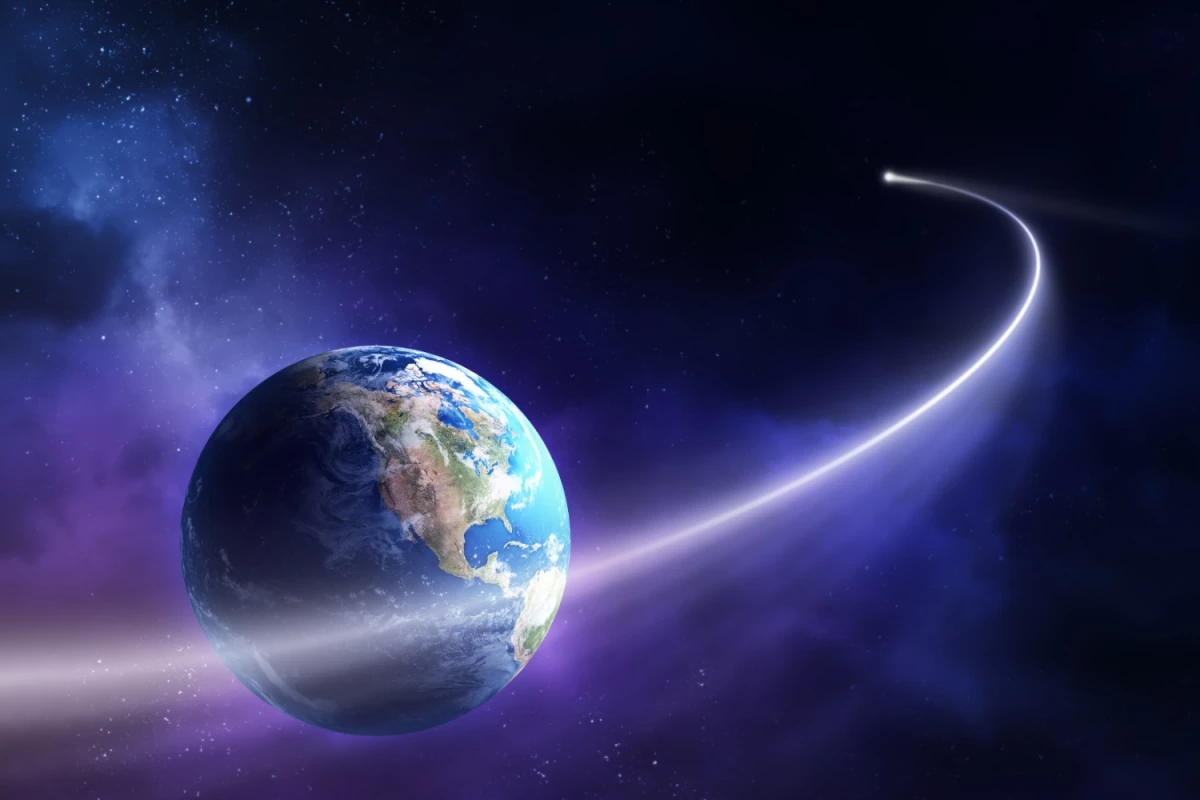Of all the things you don't want to lose, an asteroid with a chance of striking Earth is pretty high up the list. A space rock called 2006 QV89 has been missing in action for 13 years, after it was discovered to be on an orbit that regularly brought it too close to Earth for comfort. Now astronomers have finally found it again, and ruled out an impact within the next century.
The asteroid 2006 QV89 was discovered in August 2006, when it swung past Earth and was visible for 10 days. During that time, astronomers carefully plotted its trajectory and determined that it had a one in 7,000 chance of colliding with the Earth in September 2019. Then, the space rock vanished without a trace for 13 years.
With that pencilled-in return date fast approaching, astronomers began scanning the skies earlier this year for any sign of the asteroid coming back. The problem was, the area it could possibly be in by now spanned about 30 degrees of the sky, or an area 60 times the width of the full Moon.
Rather than try to look for the needle in that big of a celestial haystack, astronomers instead focused their efforts on the few spots they'd expect to find the asteroid were it on a collision course with Earth. After doing exactly that, ESA announced in July that it had found no trace of QV89 at those points, meaning (thankfully) the rock was going to miss its September appointment with Earth.
But of course, knowing where it wasn't was one thing, but actually finding it was still important. After all, we're avoiding a collision this year, but those same calculations suggest it could hit next year instead. In fact, there were almost two dozen other potential collision dates over the next 100 years, eight of which fell within the next decade.
Now, the rogue rock has finally been located. Observations conducted on August 11 with the Canada-France-Hawaii Telescope (CFHT) found QV89 in one of the spots it was thought most likely to turn up.
"Our highest priority target for Saturday night was the best 2006 QV89 candidate, and despite some thin cirrus clouds and a lot of moonlight, we needed only four minutes of data to obtain proof that we had found the right object," says David Tholen, an astronomer who led the efforts to locate the asteroid.
After the announcement was made to the astronomical community on Sunday, teams at NASA's JPL and the University of Pisa began crunching the numbers, to provide updated trajectories for QV89 and check whether it still posed an impact hazard.
The good news came back quickly: Asteroid 2006 QV89 will not impact the Earth within the next century.
Of course, it's not the only space rock out there with a chance of striking Earth. NASA and other organizations are keeping an eye on literally thousands of near-Earth objects, and while close shaves are a common occurrence, none so far have been found to be on a collision course. If any are found to be in future, NASA has unveiled how it plans to protect the planet.
Source: University of Hawaii




